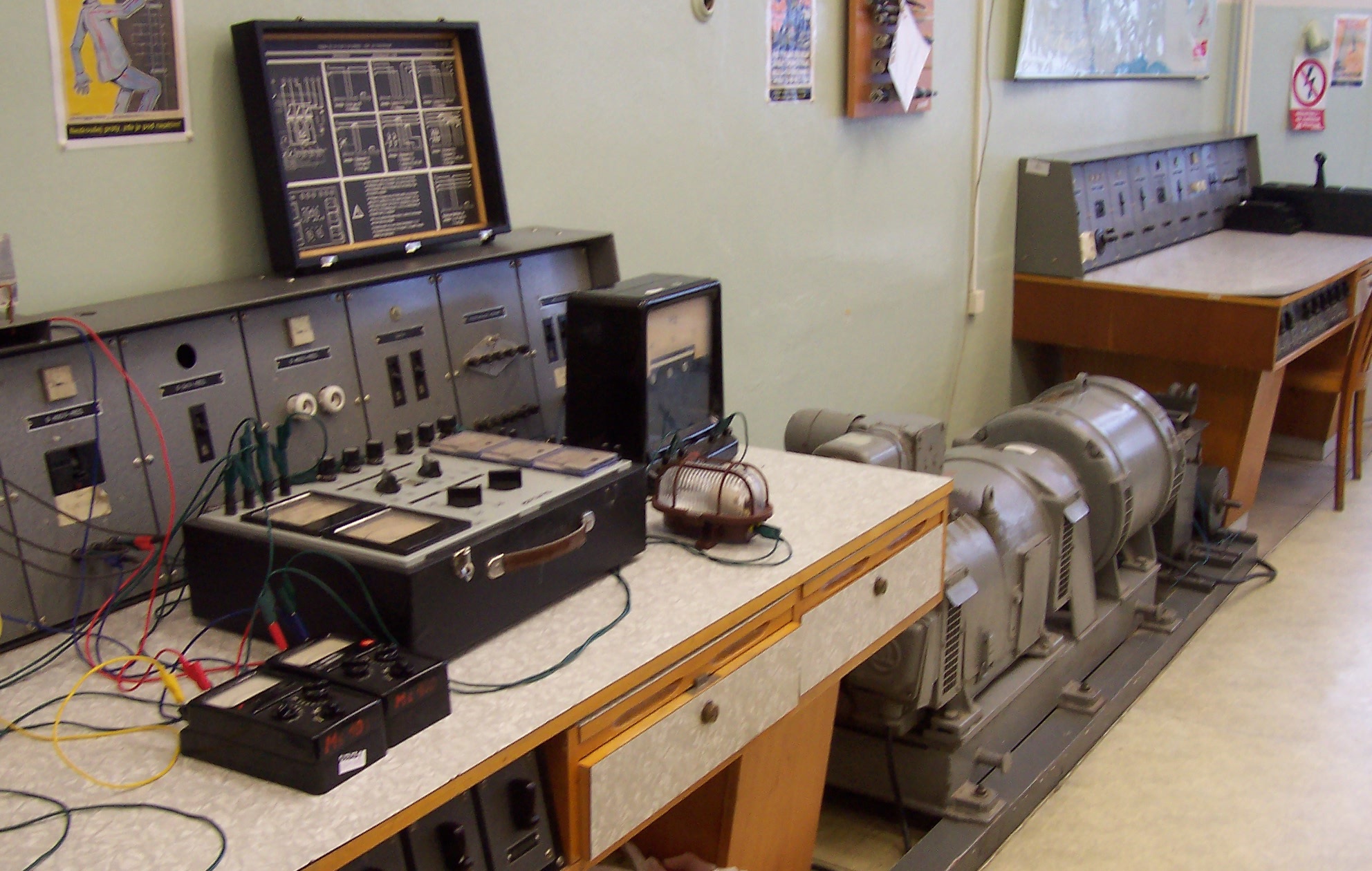First, the pupils were asked to identify the impact on the power grid based on photographs and short videos of power grid accidents and to propose a solution. This was followed by a presentation that discussed the reasons for activating emergency services in emergencies, methods of power generation, as well as their impact on the environment and the stability of the transmission grid in the context of the risk of blackout. The immediate, short-term and long-term impact of blackout was mentioned. The students also discussed with the expert the possibilities of eliminating the impact of a blackout, specifically through measures taken at each stage of the blackout. The knowledge about blackout was followed by a short demonstration on solar storms.
The accident at the Chernobyl nuclear power plant was also discussed, and in Laboratory 6, a timing test was carried out on a 17 kVA synchronous generator at the Chernobyl NPP at the time of the accident. This demonstrated the possibility of generating electricity from the run-in generator to drive the pumps of the primary cooling circuit (the pumps were replaced by a 230V, 60W bulb and a voltmeter connected in parallel). During the run-in test, the pupils were shown how the output voltage of an islanded synchronous generator can be stabilised by varying the excitation current up to the maximum allowed value.
Finally, the pupils were divided into two groups and extended their knowledge of the different sources of electricity through a game of memory game. Different power plants were shown on cards and after finding the correct pair, pupils learned various interesting facts about the power plant.

